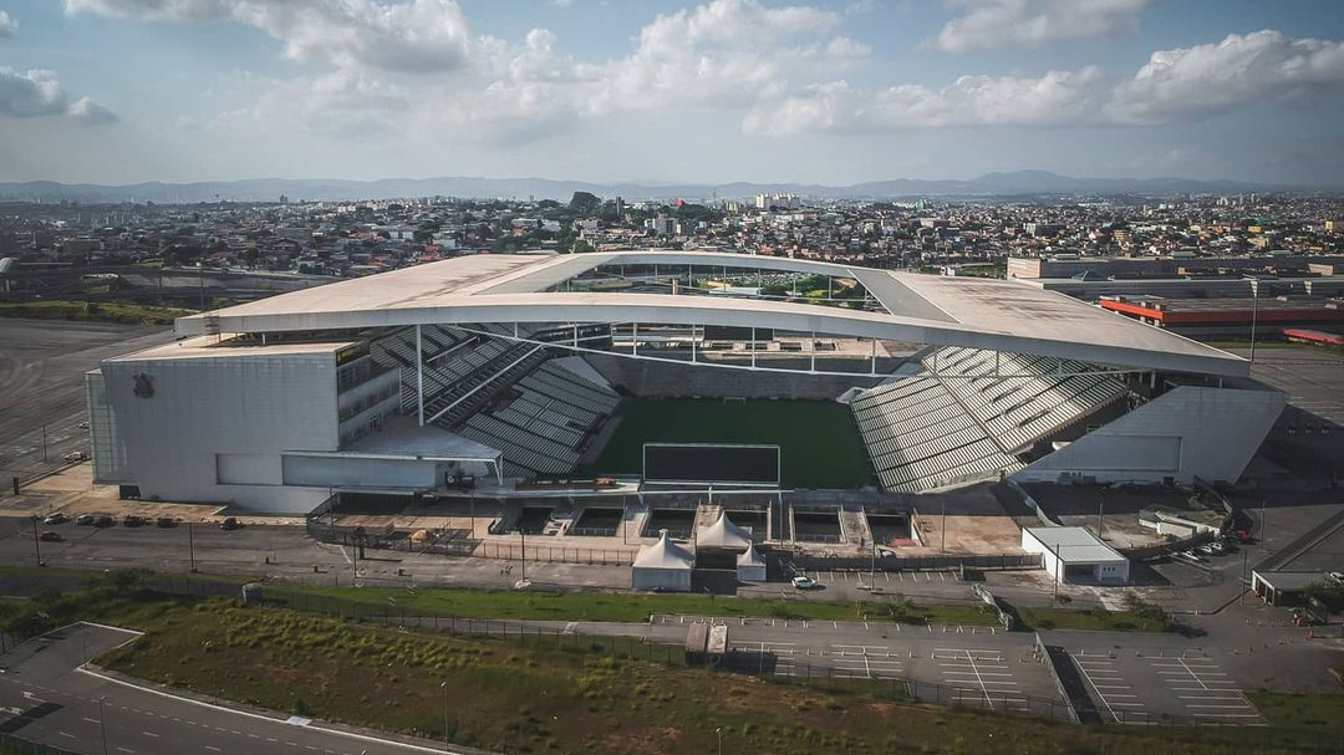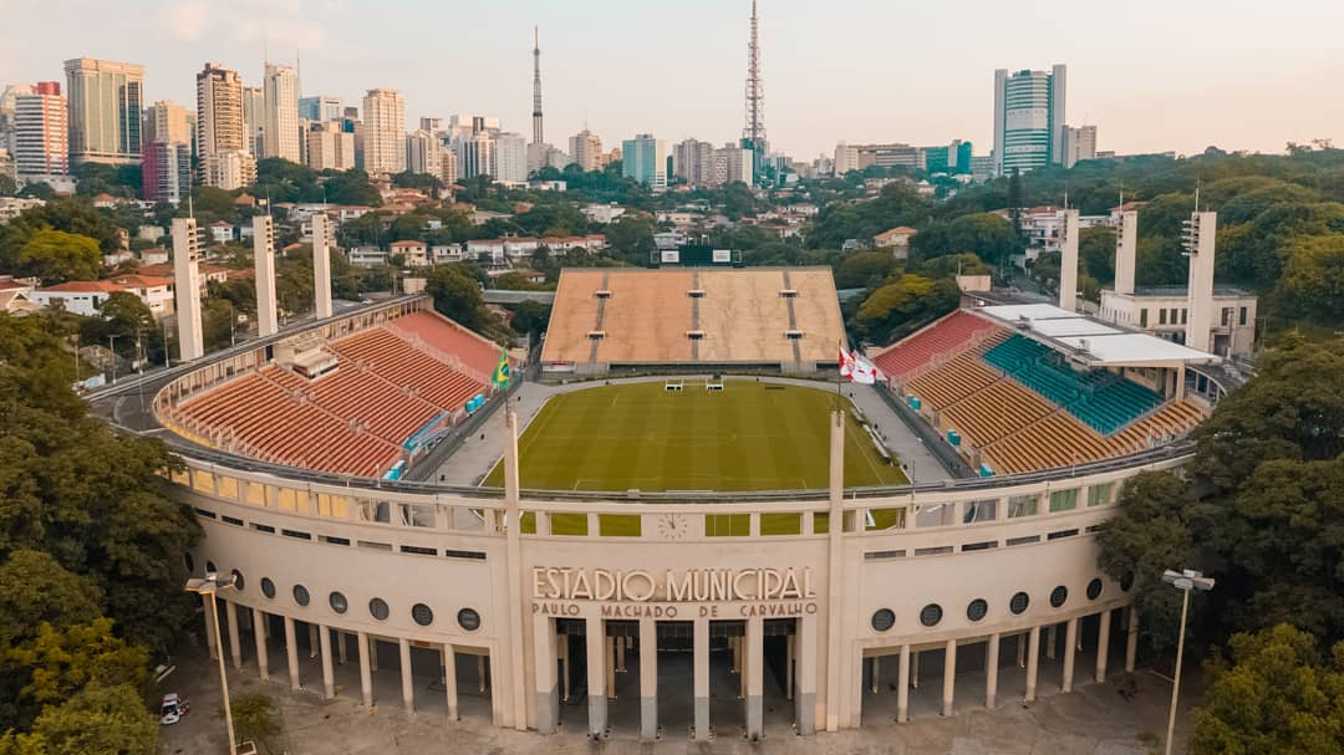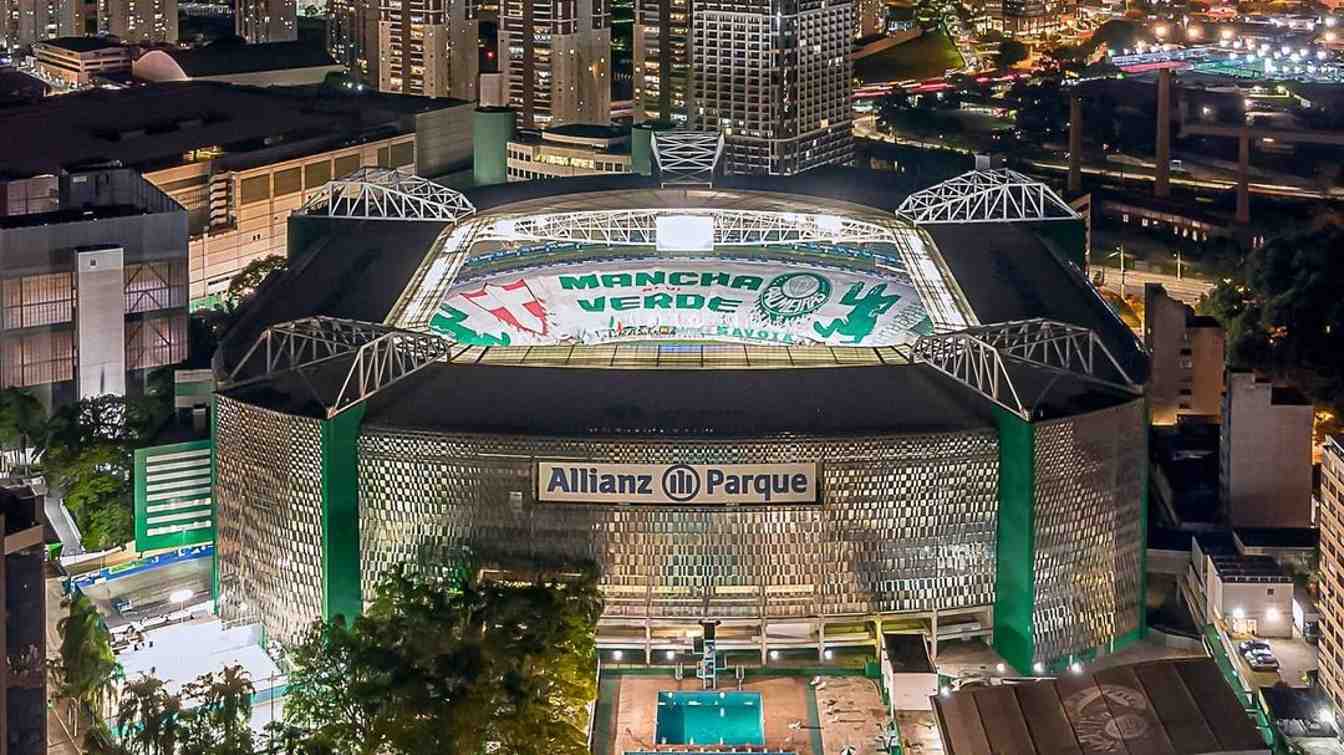Brazil: Stadium rivalry in the largest city of southern hemisphere
source: StadiumDB.com; author: Kuba Kowalski
 ...That is, in São Paulo, Brazil. We take you on a long-distance trip across the ocean, where football is a religion. You'll get to know more about the 3 stadiums that are home to Brazil's biggest clubs. Besieged and adored by fans, they testify to the importance of football in South America's largest country.
...That is, in São Paulo, Brazil. We take you on a long-distance trip across the ocean, where football is a religion. You'll get to know more about the 3 stadiums that are home to Brazil's biggest clubs. Besieged and adored by fans, they testify to the importance of football in South America's largest country.
Advertisement
Is this topic of interest to you? If so, subscribe to our newsletter, from which this article is taken. You will then receive similar content more often and faster!
Neo Quimica Arena
São Paulo is the largest city in South America and the Southern Hemisphere, located on the Tietê River. The team with the most fans in the city is Corinthians - the club's official account is followed by more than 10 million people on Instagram. Corinthians' stadium - Neo Química Arena - is an unusual-looking facility. Its cuboidal form has often been criticised and the canopy considered non-functional due to its suspension high above the auditorium. On the other hand, because of this, the arena is unique and loved by fans.
Corinthians had been trying to build a new stadium since the last years of the 20th century, but four successive projects were lost unrealised. It was only the victory in the race for the 2014 World Cup that opened the door to public support for the construction. And although the original arena for the opening of the World Cup was to be the larger Morumbi, FIFA eventually commissioned the construction of a new arena, which was the subject of controversy. Behind the gates of the Corinthians venue, the architects left only one level of auditorium and free space for a possible expansion. This element was used before the opening of the 2014 World Cup, increasing the capacity to over... 68,000 spectators.
Estádio do Pacaembu
Another venue in the Brazilian mega-city is Estádio do Pacaembu. This monumental stadium became a landmark of downtown Sao Paulo as early as 1940 when it opened. At the time, it was not only the largest but also the most modern sports venue in all of South America. The horseshoe-shaped grandstand is crowned by a striking art deco gate, which is still preserved today as a monument.
The facility is municipal, which means it has never been assigned to just one club. Most often, however, Corinthians played their matches here, for whom the time to move out came only after the decision to build their own stadium, mentioned above, in the Itaquera district.
Allianz Parque
There is certainly one more venue deserving of recognition in a city teeming with football: Allianz Parque. The complete redevelopment of one of Sao Paulo's best-positioned stadiums began in 2010, in parallel with the 2014 World Cup arena. In the case of this stadium, however, the investment was not part of the tournament, but the result of a private partnership between the club and stadium management giant AEG.
Although construction of the stadium started back in 2010, the original deadline for completion in mid-2013 could not be met. Downtime, a tragic construction accident and changes to the concept meant that the facility was only opened to the public on November 19, 2014.
Advertisement

 StadiumDB
StadiumDB ©
©  ©
©  ©
©